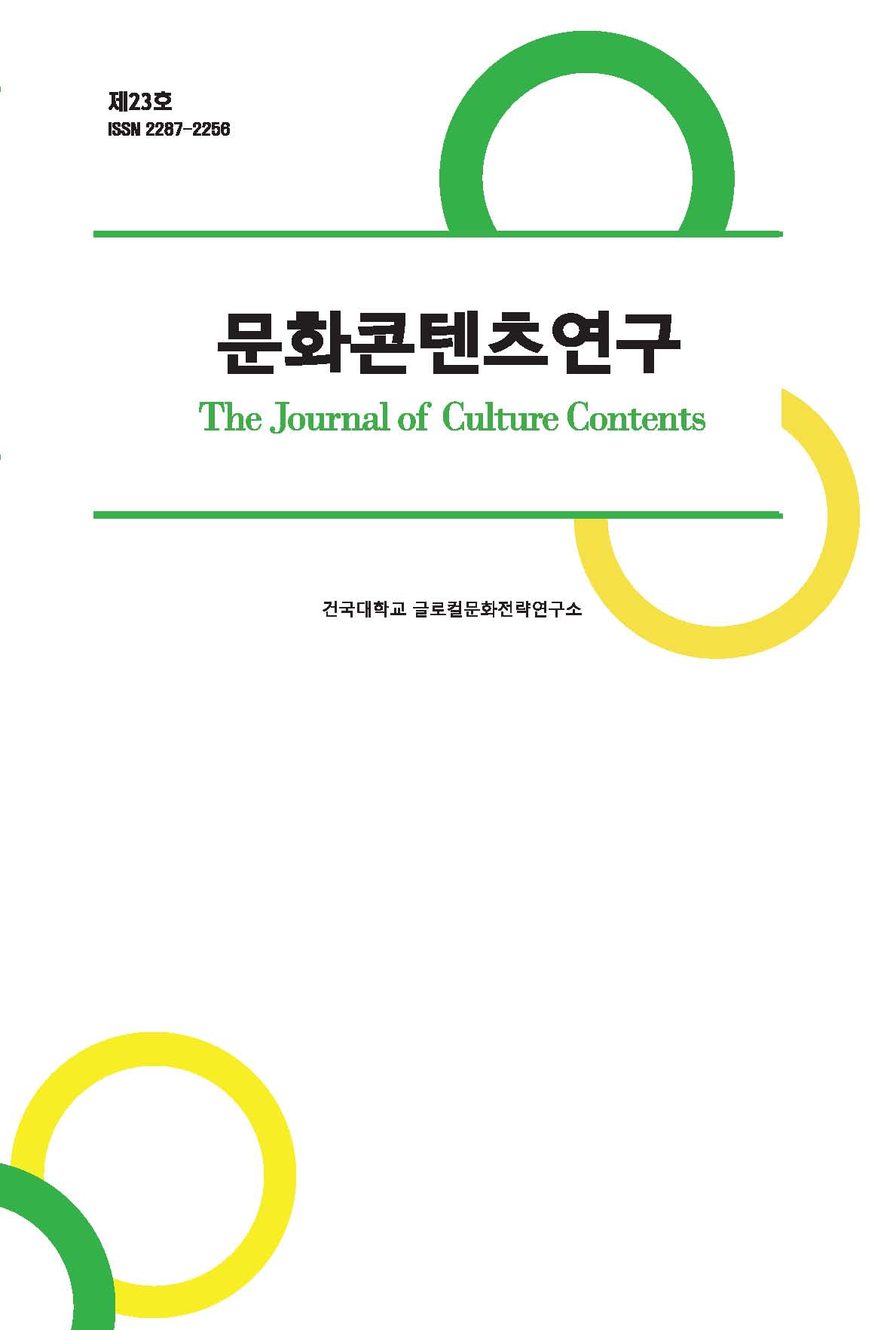Research Article
Abstract
References
Information
This study aims to investigate the economic, social, and cultural impacts of tourism development on Yi ethnic community in Shilin-xian, China. Most of the Chinese literature mainly focused on the positive impacts of urbanization, such as regional economic and income growth. However, this study tries to pertain a more balanced perspective by emphasizing both local economic impacts and socio-cultural maladjustments of local people, by employing in-depth interview with local experts, government officials, and residents as well as 160 questionnaire surveys. During the last decade the population, GRDP, income of Shilin-xian have been increased gradually, however, the income disparity between urbanized and rural areas, the loss and segmentation of traditional culture, unfair land compensation policy have caused socio-spatial disparity and socio-cultural maladjustments. The differential income growth and displacements of rural residents in the newly urbanized areas, most of all, the unemployed Yi ethnic local people who have been forced to move to urban areas from their native land, would be a big concerns in this prosperous tourism area, Shilin-xian. This study suggests new policy directions from assimilation and acculturation to co-existence and empathy along with fair and even regional development status.
중국의 급속한 도시화와 관광지화는 중국의 경제성장과 지역발전의 견인차 역할을 담당했다. 하지만 공공주도의 관광지화와 지역주민의 이동과 농촌지역의 도시화로 인한 부작용의 문제는 많은 관심을 받지 못했다. 이 연구는 중국의 관광지화가 지역사회에 미치는 영향, 특히 세계문화유산으로 선정된 이족의 집단거주지인 운남성 석림현 석림이족자치현(石林彛族自治县)을 연구대상으로 하여 석림관광지 조성과 운영과정에서 나타난 이족의 경제적, 사회적, 문화적 충격과 변화를 고찰하고, 변화를 바라보는 주민과 관광객의 태도를 분석하여 관광지화가 석림현 지역사회에 미치는 영향을 고찰한다. 이족자치구는 도시지역과 농촌지역의 경제적 격차가 심해지고 있으며, 전통문화 계승에 분절화 현상이 나타난다. 또한 토지점용의 차별적 보상정책으로 인해 빈익빈 부익부현상이 심해지고 있으며, 농토에서의 전치로 인한 도시생활에 대한 부적응이 심화되고 있다. 농촌지역의 관광지화과정에서 농촌거주 소수민족의 도시 적응은 편입과 동화보다는 공존과 융합과 같은 새로운 정책적 접근이 필요하다. 경제적 불균형의 해소와 함께 소수민족의 문화적 지체를 극복할 언어와 기술 등의 적응 및 교육 프로그램 개발 등과 같은 공공의 적극적 개입도 필요하다.
- 김덕삼, 『중국 소수민족 사회의 변화에 대한 다층적 해석 -雲南省 石林彝族을 중심으로』, 대진대학교 박사학위논문, 2014.
- 남설봉·나승화, 「중국 도·농간 소득격차에 영향을 미치는 요인」, 『프랜차이즈경영연구』 제6권 제1호, 2015.
- 박희, 「중국 남서부지역 소수민족의 문화변동」, 『아시아연구』 제13권 제3호, 2010.
- 송재두, 「중국 소수민족지역의 경제적 격차에 대한 분석: 소수민족거주 집중지역인 소수민족자치현과 한족거주 집중지역인 도심에 대한 비교를 중심으로」, 『동북아경제연구』 제27권 제4호, 2015.
- 이박, 중국 『소수민족 문화관광자원 연구 - 중국 운남지역 중심으로 -』, 경희대학교 관광경영학과 박사학위논문, 2014.
- Andereck, K., et al., “A cross-cultural analysis of tourism and quality of life perceptions,” Journal of Sustainable Tourism, 15(5), 2007.10.2167/jost612.0
- Coppock, J., “Tourism and conservation,” Tourism Management, 3, 1982. 10.1016/0261-5177(82)90049-8
- Cornet, C., “Tourism development and resistance in China,” Annals of Tourism Research, 52, 2015.10.1016/j.annals.2015.02.002
- Dann, G., The Sociology of Tourism, Routledge, 1991.10.1016/0160-7383(91)90045-D
- Fang, Q., Chinese Complaint System: Natural Resistance, Routledge, 2013.10.4324/9780203069820
- Grunewald, R.A., “Tourism and cultural revival,” Annals of Tourism Research, 29(4), 2002.10.1016/S0160-7383(02)00005-1
- MacDonald, R. and Jolliffe, L., “Cultural rural tourism: Evidence from Canada”. Annals of Tourism Research, 30(2), 2003. 10.1016/S0160-7383(02)00061-0
- Meng, Z., Wei, Y. and Yu, Y., “On the life cycle of cultural heritage engineering tourism: A case study of Macau,” Systems Engineering Procedia, 1, 2011.10.1016/j.sepro.2011.08.053
- Oakes, T., “The village as theme park: Mimesis and authenticity in Chinese tourism,” in T. Oakes, and L. Schein, eds., Translocal China: Linkages, Identities and the Reimagining of Space, Routledge, 2006.10.4324/9780203029398
- Perry, E.J., and Selden, M., eds., Chinese Society: Change, Conflict and Resistance, 3rd ed. Routledge, 2010.10.4324/9780203856314
- Ryan, C., Zhang, C. and Deng, Z., “The impacts of tourism at a UNESCO heritage site in China – a need for a meta-narrative? The case of the Kaiping Diaolou,” Journal of Sustainable Tourism, 19(6), 2011.10.1080/09669582.2010.544742
- Wang, L. and Yotsumoto, Y., “Conflict in tourism development in rural China,” Tourism Management, 70, 2019.10.1016/j.tourman.2018.08.012
- Wang, X., “Rural reform and social change in the countryside. In Q. Li, ed.,” Thirty Years of Reform and Social Changes in China, Koninklijke BrillLeiden, 2010.
- Wang, Y. and Bramwell, B., “Heritage protection and tourism development priorities in Hangzhou, China: A political economy and governance perspective,” Tourism Management, 33, 2012.10.1016/j.tourman.2011.10.010
- Yang, J., Ryan, C., and Zhang, L., “Social conflict in communities impacted by tourism,” Tourism Management, 35, 2013.10.1016/j.tourman.2012.06.002
- Yun, H.J. and Zhang, X., “Cultural conservation and residents’ attitudes about ethnic minority tourism,” Tourism and Hospitality Research, 17(2), 2017.10.1177/1467358415610624
- Zhang, C., Fyall, A., and Zheng, Y., “Heritage and tourism conflict within world heritage sites in China: A longitudinal study,” Current Issues in Tourism, 18(2), 2015.10.1080/13683500.2014.912204
- 安颖, 论民族文化保护与民族文化旅游可持续发展, 黑龙江民族丛刊(双月刊), 2006.
- 恩佳, 我国城乡居民收入差距的成因及对策探析, 江苏商论, 33, 2008.
- 范晓峰, 论区域少数民族文化旅游与文化传承的双向互动, 2011.
- 董国菊, 城市化进程中德宏州民族文化传承和发展浅析,《文化产业》, 2015.
- 黄守斌·韦磐石·张军·张翔, 城镇化与民族文化的传承——基于黔西南布依族传统文化的田野调查与美学思考, 《兴义民族师范学院学报》,3, 2011.
- 昆明年鉴, 昆明杂志社, 2006.
- 李兆林, 石林旅游对农村发展影响的初步研究, 云南省大理市下关三中, 2003.
- 李冰彬, 论城市化进程中民族文 化的保护, 《中央民族大学》,2011.
- 刘世生, 《石林阿诗玛文化发展史》, 2010.
- 缪祥彦, 旅游与市场化背景下云南石林彝族刺绣的变迁研究, 2010.
- 石林年鉴, 石林彝族自治县志编撰委员会, 2000-2016.
- 谭术魁·肖建英, 农民征地补偿满意度实证研究, 中国房地产, 2011年02期.
- 田亮,云南石林萨尼人传统服饰现状研究,北京服装学院,2011.
- 王迪·王根宇·张永华, 城镇化进程中民族文化的保护和发展, 《当代经济》, 2014年第17期.
- 张文,石林县城市化进程中民族文化的发展与传承研究, 云南师范大学, 2009.
- 云南省非物质文化遗产保护中心, 2017, 新形势下,政府在 “非遗” 保护中的职能作用探究.
- Publisher :Research Institute of Creative Contents
- Publisher(Ko) :글로컬문화전략연구소
- Journal Title :The Journal of Culture Contents
- Journal Title(Ko) :문화콘텐츠연구
- Volume : 18
- Pages :251-278
- DOI :https://doi.org/10.34227/tjocc.2020..18.251



 The Journal of Culture Contents
The Journal of Culture Contents





